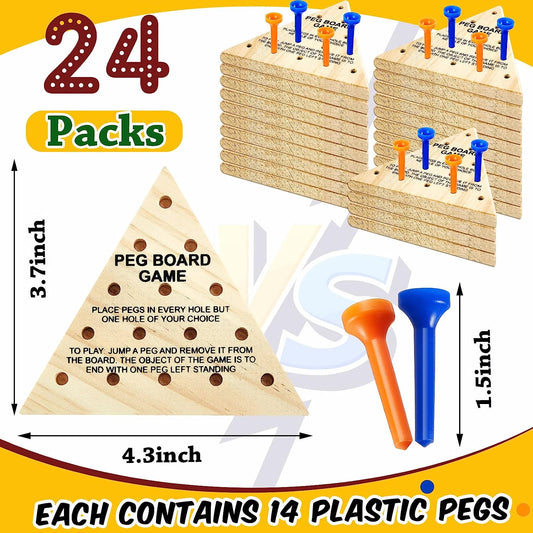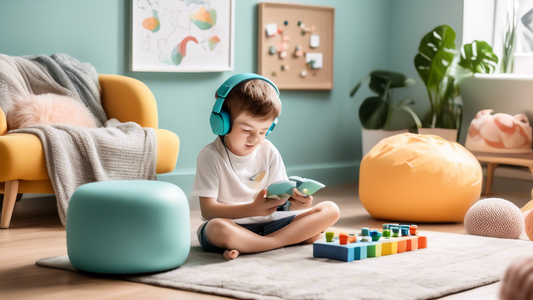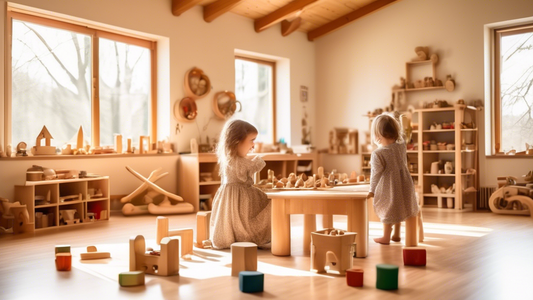Introduction: Exploring Alternative Approaches to Early Childhood Education
As a passionate advocate for empowering parents with knowledge about alternative educational approaches, I'm thrilled to present a comprehensive guide to Montessori and Waldorf education at home. These philosophies have captured the hearts of many parents seeking a holistic and child-centered approach to early childhood development.
Understanding Montessori: A Hands-On Approach
Montessori education emphasizes independence, self-discovery, and hands-on learning. Children are provided with specially designed materials and activities that cater to their individual developmental stages. Key principles include:
- Mixed-age classrooms fostering collaboration and peer learning
- Respect for the child's natural learning pace and interests
- Structured activities and materials promoting fine motor skills and cognitive development
Example: A Montessori-inspired home environment might include a play area with child-sized furniture, accessible books, and sensory bins filled with different textures.
Exploring Waldorf: Nature-Inspired Learning
Waldorf education emphasizes a holistic approach that encompasses intellectual, emotional, and physical development. It draws inspiration from nature, fostering children's connection with the world around them. Key aspects include:
- Nature-based activities and a focus on outdoor play
- Emphasis on imaginative play, storytelling, and artistic expression
- Respect for the child's unique temperament and learning style
Example: A Waldorf-inspired home environment might include a playroom adorned with natural materials like wood, wool, and cotton, as well as open-ended toys that encourage creativity.
Choosing the Right Approach for Your Child
Both Montessori and Waldorf philosophies offer valuable educational approaches, but the best fit for your child depends on their individual needs and preferences. Consider the following factors:
- Child's personality: Is your child independent and eager for hands-on learning (Montessori) or imaginative and drawn to nature-based activities (Waldorf)?
- Learning style: Does your child prefer structured activities and materials (Montessori) or more free-form and creative play (Waldorf)?
- Family values and lifestyle: Does your family prioritize independence and self-reliance (Montessori) or holistic and nature-connected living (Waldorf)?
By reflecting on these factors, you can make an informed decision that aligns with your child's developmental journey.
Creating a Montessori or Waldorf Home Environment
Implementing Montessori or Waldorf principles at home doesn't require a special classroom or expensive equipment. Here are some practical tips:
- Montessori: Provide accessible materials, such as child-sized furniture, low shelves, and activity trays. Encourage your child to explore and learn independently.
- Waldorf: Create a nature-inspired play space with toys made from natural materials. Engage in imaginative play, storytelling, and outdoor activities.
Remember, the most important aspect of Montessori or Waldorf at home is to provide a loving and supportive environment that nurtures your child's natural development.












